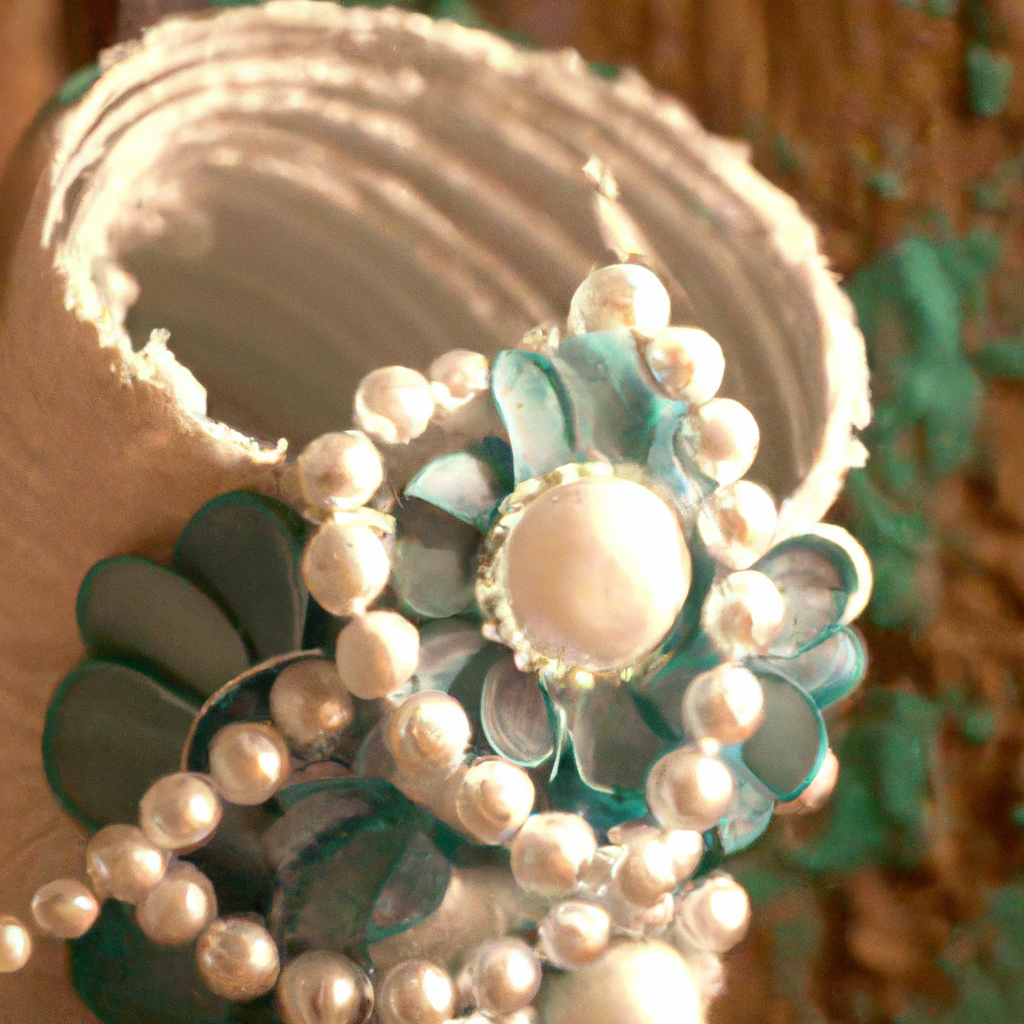Creating second-hand fabric jewelry is a novel way to upcycle your old clothes, sheets, curtains, and other textiles that are no longer in use. By repurposing them into beautiful and unique pieces of jewelry, you can reduce waste, save money, and express your creativity. In this article, we will discuss the techniques involved in creating second-hand fabric jewelry and how it contributes to sustainable fashion.
Materials Needed for Second-Hand Fabric Jewelry Making:
Before we delve into the techniques of creating second-hand fabric jewelry, let’s look at the materials you will need:
– Unused or old fabrics such as cotton, silk, denim, lace, wool, etc.
– Scissors, fabric glue, needle, thread, and sewing machine (optional)
– Jewelry findings such as jump rings, clasps, earring hooks, etc.
– Embellishments such as beads, sequins, buttons, ribbons, etc.
– Pliers, wire cutters, and other jewelry-making tools (optional)
Techniques Involved in Creating Second-Hand Fabric Jewelry:
1. Fabric Selection: The first step in creating second-hand fabric jewelry is to choose the fabrics that you want to use. Look for fabrics that are in good condition, have interesting textures or patterns, and can be cut into small pieces. You can use a mix of fabrics to create a unique look or stick to one type of fabric for a cohesive design.
2. Cutting and Shaping: Once you have selected the fabric, it’s time to cut and shape it into the desired size and shape. You can use scissors or a rotary cutter to cut the fabric into strips, squares, circles, or any other shape you want. You can also use a template to create uniform shapes. You can layer different fabrics to create a 3D effect or mix and match fabrics to create a patchwork design.
3. Gluing and Sewing: After cutting and shaping the fabric, you can glue or sew the pieces together to create the jewelry. Fabric glue is a quick and easy way to adhere the fabric pieces together. You can also use a sewing machine or hand-sew to join the pieces. When sewing, be sure to use a needle and thread that match the color of the fabric.
4. Adding Embellishments: Once the fabric pieces are joined together, you can add embellishments to enhance the design. Beads, sequins, buttons, and ribbons are great options to add texture and color to the jewelry. You can use fabric glue or sew the embellishments onto the fabric.
5. Attaching Jewelry Findings: The final step is to attach jewelry findings such as jump rings, clasps, earring hooks, etc. Pliers and wire cutters are useful tools for attaching the findings. Be sure to choose findings that match the color and style of the jewelry.
Benefits of Second-Hand Fabric Jewelry:
Second-hand fabric jewelry is a form of upcycling that has many benefits, including:
1. Reducing Waste: By using old fabrics that would otherwise end up in a landfill, you are reducing waste and helping to conserve resources.
2. Saving Money: Instead of buying new fabric or jewelry, you can use what you already have to create unique and eco-friendly jewelry.
3. Expressing Creativity: Second-hand fabric jewelry allows you to express your creativity and create one-of-a-kind pieces that reflect your personal style.
4. Supporting Sustainable Fashion: By creating and wearing second-hand fabric jewelry, you are contributing to sustainable fashion by reducing the demand for new materials and supporting ethical and eco-friendly practices.
Conclusion:
Creating second-hand fabric jewelry is a fun and sustainable way to repurpose old textiles into beautiful and unique pieces of jewelry. With a few basic tools and techniques, you can transform unused fabric into something that you will love to wear and show off. By doing so, you are not only reducing waste but also supporting sustainable fashion and expressing your creativity. So, gather your old fabrics and start making your own eco-friendly jewelry today!







